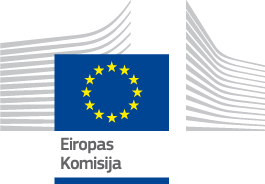Calls for greater levels of support to Small-Scale Coastal Fisheries (SSCF) have been on the rise but it appears that Member States and steakeholders are not taking full advantage of the numerous existing funding possibilities under the EMFF in favour of SSCF. FLAGs are one of the possibilities offered by the EMFF to reach out to SSCF and, in practice, the SSCF sector is the natural partner of most FLAGs. Still the extent to which FLAGs have been supporting SSCF is unclear. This report aims to provide an indication of the level of support provided by FLAGs to SSCF. It is based on a survey which has been carried out among FLAGs from both the EFF and EMFF periods which were asked to assess the level of support channelled to SSCF through their Local Development Strategies (LDS).

